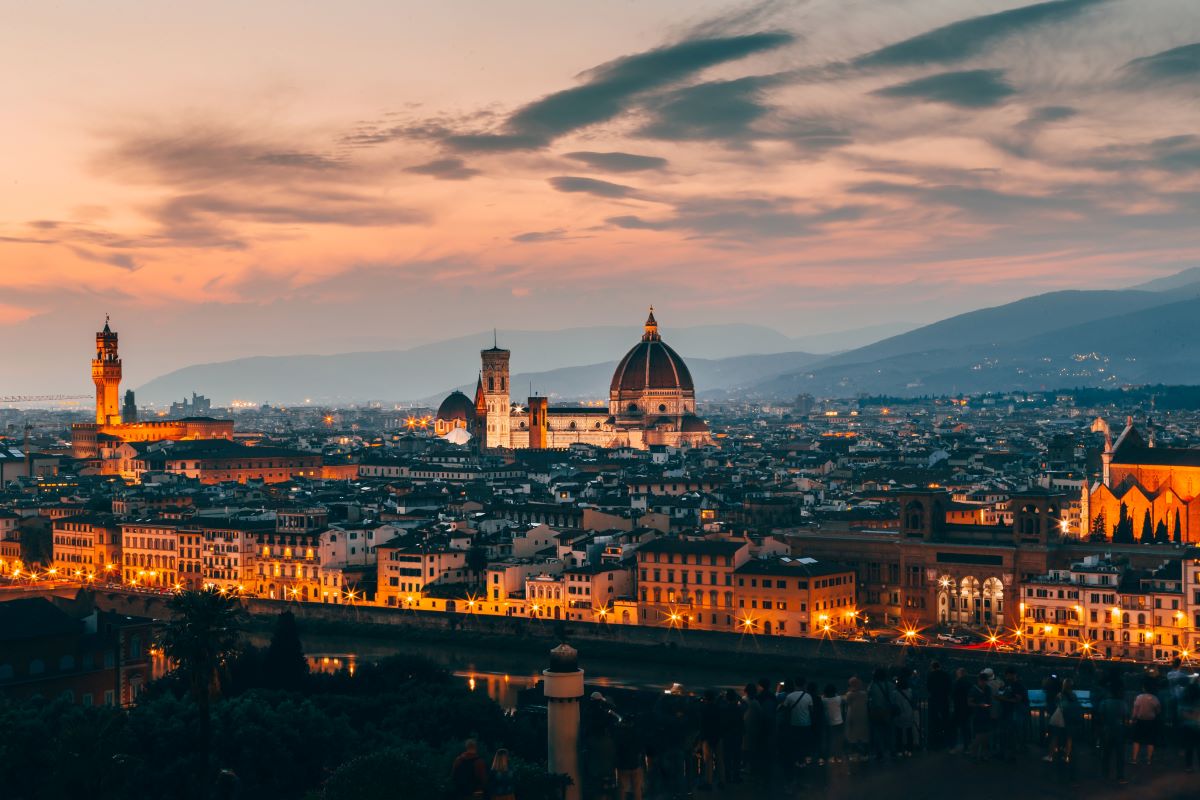Located in the heart of Italy, Tuscany is a region that exudes an enchanting and timeless beauty. Its stunning landscapes, deep-rooted history, and cultural treasures have captured the hearts of travelers and artists for generations. In this article, we’ll dive into the allure of Tuscany, exploring its distinctive character, renowned landmarks, and the irresistible charm that has made it an iconic destination for tourists worldwide. Similarly, on the opposite side of the globe, in the vibrant Philippines, you’ll find the captivating Cavite house and lot, offering a similar allure.
Where is Tuscany Located in Italy?
Tuscany is located in central Italy and is bordered by Liguria and Emilia-Romagna to the north, Umbria to the east, and Lazio to the south. The Tyrrhenian Sea graces its western coastline, providing stunning views and inviting beaches for visitors to enjoy. Its strategic position in Italy has historically made Tuscany a vital crossroads for commerce, culture, and ideas.
Tuscany is a region of unparalleled beauty, characterized by its artistic legacy, diverse landscapes, and delectable culinary offerings. It stands as a testament to the richness of Italian culture and history, beckoning travelers to immerse themselves in its timeless charm.
The History of Tuscany
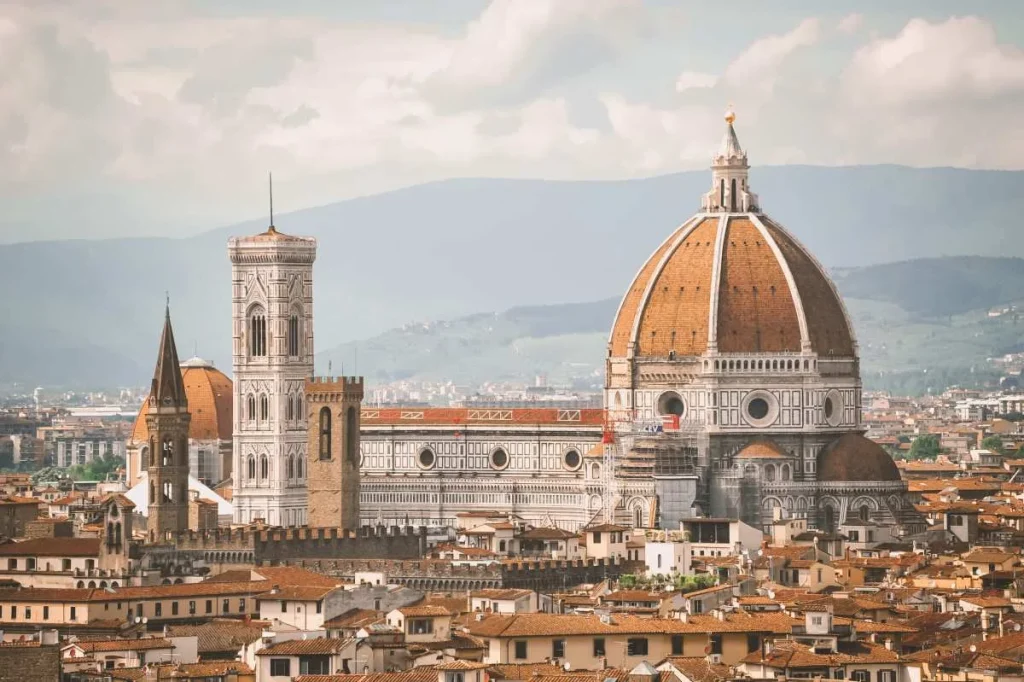
The history of Tuscany is closely intertwined with the history of the Italian Grand Duchy. For centuries, Tuscany was a place of profound importance in the Italian landscape, and it was the first region to adopt the Italian language as its official means of communication. This decision had a profound impact on the establishment of the Italian identity.
Even before the Renaissance, Tuscany had a rich history that included the Etruscan civilization. Traces of this ancient society can still be found in the region, adding to its historical allure. Throughout the Middle Ages, Tuscany flourished as a bustling hub of trade and cultural exchange, solidifying its position as an influential player in the Mediterranean.
What is Tuscany Italy Famous For?
Throughout history, Tuscany has been renowned for its remarkable contributions to art, culture, and commerce. The Italian Renaissance, which emerged in the 14th century, found its epicenter in Tuscany, with Florence serving as its pulsating heart. The region’s artists, scholars, and thinkers led a cultural revolution that forever changed the course of human history, leaving an indelible mark on the world. One of the most notable names in the history of Tuscany (specifically in Florence) is the Medici family, who is one of the most influential families of the city of Florence and of Tuscany, and the Cosimo I de’ Medici became its first Grand Duke of the newly established Grand Duchy of Tuscany.
Tuscany boasts an impressive array of elements that have contributed to its worldwide fame. Some of the most prominent aspects have captured the hearts of millions.
Artistic Heritage
Tuscany is renowned for being the birthplace of the Italian Renaissance, a period that gave birth to some of the most exceptional artists in history, such as Leonardo da Vinci, Michaelangelo, and Botticelli. Their masterpieces adorn museums, churches, and galleries across the region.
Breathtaking Landscapes
The rolling hills of Tuscany, adorned with vineyards, olive groves, and picturesque farmhouses, create a stunning tapestry that has inspired artists and poets for centuries. The iconic countryside offers a sense of tranquility that attracts travelers seeking solace amidst nature’s beauty.
Wine and Gastronomy
Tuscany is synonymous with excellent wine, especially Chianti, Brunello di Montalcino, and Vernaccia di San Gimignano. The region’s culinary delights, including hearty pasta, flavorful olive oils, and delectable cheeses, make it a paradise for food enthusiasts.
Historical Cities
Tuscany is home to historic cities such as Florence, Siena, Pisa, and Lucca, each preserving a rich cultural heritage and architectural wonders that continue to astonish visitors.
Festivals and Traditions
The vibrant festivals and local traditions of Tuscany, like the Palio di Siena and Luminara di San Ranieri in Pisa, provide an immersive experience of the region’s lively and festive spirit.
What Defines Tuscany?
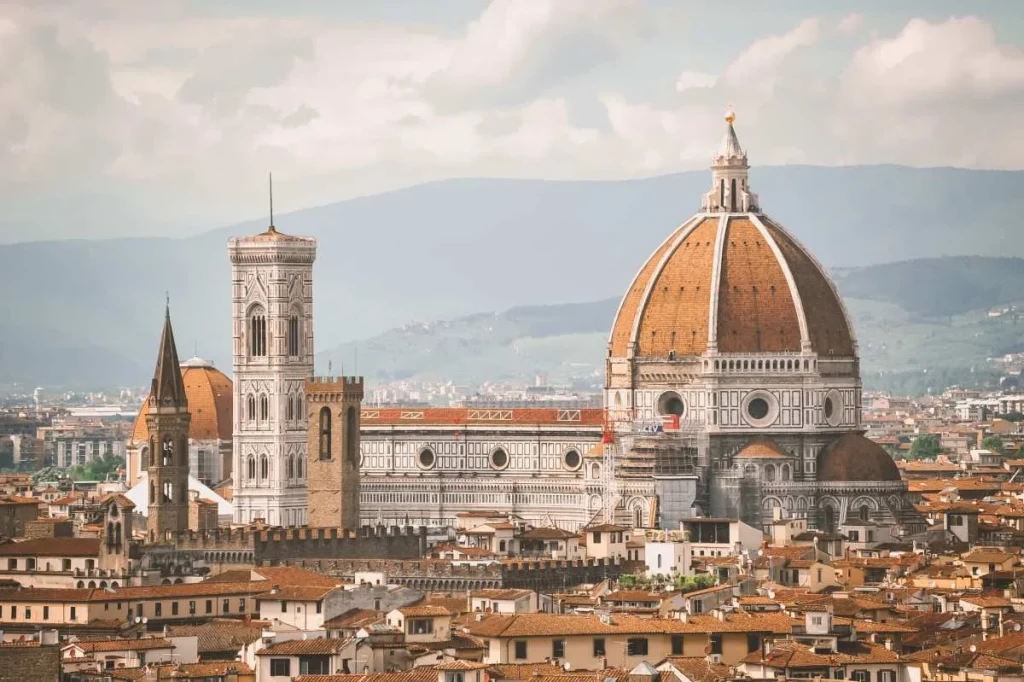
The name “Tuscany” finds its origins in the ancient Etruscans, a civilization that thrived in the region long before the rise of Rome. The Romans referred to this land as “Etruria,” which evolved to become “Tuscany” in English. This rich historical background further adds to the allure and intrigue surrounding the region.
Tuscany is defined by its amalgamation of captivating elements that collectively create its unique identity.
Art and Architecture
Tuscany’s artistic legacy, particularly during the Renaissance, has had an enduring impact on the world. The region’s architecture is characterized by elegant simplicity, harmonious proportions, and a celebration of human ingenuity.
Cultural Heritage
Tuscany’s cultural heritage is reflected in its festivals, traditions, and a strong sense of community. The Tuscans take pride in preserving their customs, passing them down through generations.
Landscape and Nature
The undulating hills, vineyards, and cypress-lined avenues epitomize the Tuscan countryside, offering visitors an escape into a serene and idyllic world.
Wine and Cuisine
Tuscany’s wine culture and gastronomy have achieved worldwide acclaim, making it a haven for food and wine enthusiasts seeking authentic Italian flavors.
What is The Most Famous Architecture in Florence?
At the core of Tuscany lies the renowned city of Florence, considered one of the most remarkable cities in the world. Florence, the capital of the region, holds a pivotal place in the history of Tuscany and the Italian peninsula. It was during the Renaissance period that Florence flourished as the epicenter of art, culture, and commerce. The Medici family, one of the most influential and affluent families of their time, played a significant role in the city’s development and patronage of artists like Leonardo da Vinci and Michaelangelo.
Florence Cathedral
The most famous architecture in Florence is undoubtedly the Florence Cathedral, also known as the Cattedrale di Santa Maria del Fiore in Italian. This awe-inspiring structure is an iconic representation of Renaissance architecture and is considered one of the greatest masterpieces of its time. Other than that, its striking beauty and imposing presence make it a symbol of Florence’s cultural and architectural significance.
Designed by several architects, including Arnolfo di Cambio and Filippo Brunelleschi, the construction of the cathedral began in the late 13th century and was completed in the 15th century. Its remarkable dome, designed by Brunelleschi, is an engineering marvel and remains the largest masonry dome in the world to this day.
What Building of Florence is An Example of the Renaissance Architecture?
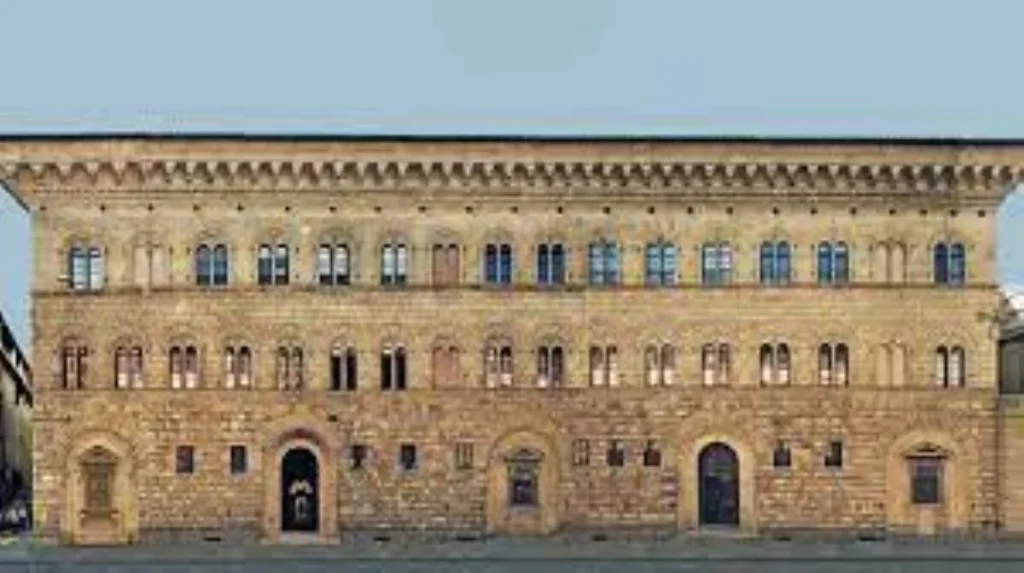
photo from palazzomediciriccardi.it/il-palazzo/
Palazzo Medici Riccardi
The Palazzo Medici Riccardi is a prime example of Renaissance architecture in Florence. Designed by Michelozzo di Bartolomeo for the wealthy Medici family, this palace showcases the harmonious proportions, elegant lines, and classical influences that define the Renaissance style.
The Palazzo Medici Riccardi’s design exudes elegance and harmony, reflecting the cultural and intellectual aspirations of the Medici family, who were among the most influential patrons of the arts during the Renaissance. Today, the palace serves as a museum and cultural center, allowing visitors to admire its architectural brilliance and explore its rich historical and artistic heritage.
Where Italian Elegance Meets Modern Living in Bacoor
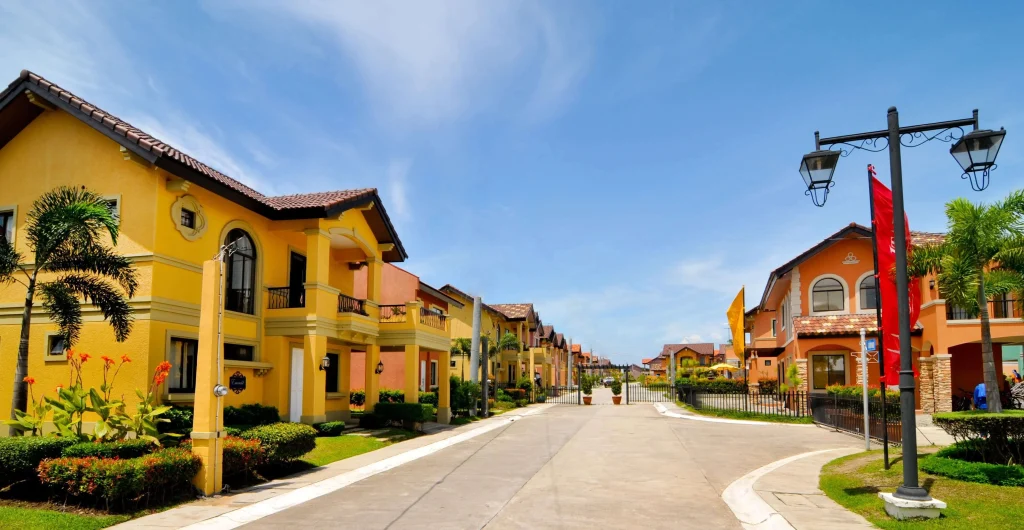
“The Beauty and History of Tuscany” comes to life in the magnificent community of Vita Toscana, where Italian charm and modern living seamlessly blend to create a truly captivating living experience. Just as the region of Tuscany in Italy has long been celebrated for its breathtaking landscapes, rich history, and artistic heritage, Vita Toscana in Bacoor, Cavite proudly embraces the essence of its namesake, offering a unique and enticing place to invest and call home.
Nestled on Molino Boulevard, Vita Toscana captures the essence of Tuscany’s beauty through its meticulously designed Italian-inspired architecture and lush green spaces. Every corner exudes a sense of elegance and tranquility, reminiscent of the picturesque villages that dot the Tuscan countryside. Strolling through the community’s pathways, one can’t help but feel transported to a world of serenity and artistic flair, where life moves at a leisurely pace.
Just as Tuscany is known for its historical significance, Vita Toscana stands as a testament to the rich history of Bacoor and Cavite. As one of the prime locations for residential living, Bacoor’s growth and development have been remarkable over the years, making it an ideal choice for those seeking an investment in a thriving and accessible area.
Moreover, Vita Toscana’s strategic location offers the best of both worlds. Its close proximity to major road networks grants effortless access to bustling business districts, including Las Pinas City, Metro Manila, and Makati City. Imagine the convenience of being able to reach your workplace or your favorite city attractions within minutes, while still being able to retreat to the tranquility of your Tuscan-inspired haven.
For those who appreciate a harmonious balance between urban conveniences and rural charm, Vita Toscana delivers precisely that. The cool climate and peaceful atmosphere enveloping the community create a serene oasis amidst the city’s hustle and bustle. Here, you can savor quiet moments with loved ones in the community’s garden or celebrate cherished milestones in the well-appointed clubhouse.
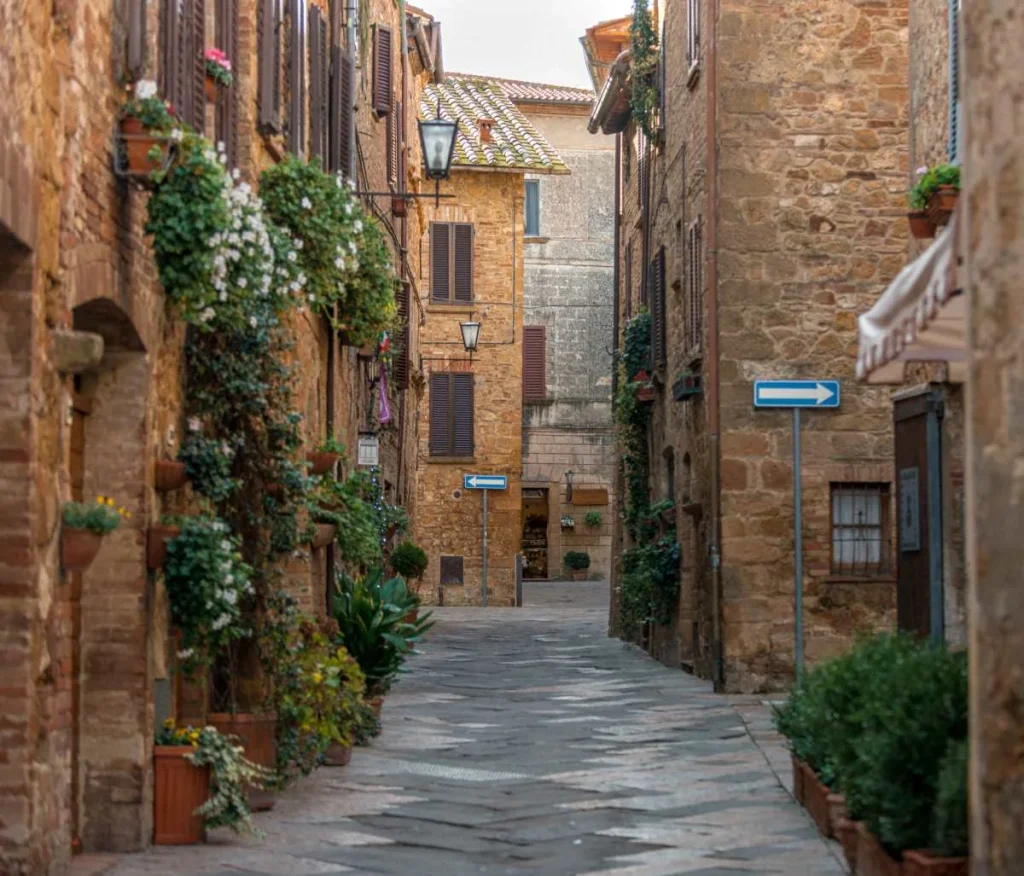
Among the various property offerings, the Beryl and Lladro house models stand out, catering to families in search of spacious and premium homes. With Vita Toscana’s commitment to providing top-notch amenities, such as a swimming pool and basketball court, every afternoon can be filled with laughter and joy as you bond with friends and family.
In essence, Vita Toscana is more than just a residential community; it is an opportunity to immerse yourself in the timeless allure of Tuscany while embracing the dynamic growth of Cavite. Investing in this Italian-influenced haven means not only owning a piece of exquisite architecture but also becoming part of a thriving community with a rich historical backdrop.
If you long for a life inspired by art, culture, and natural beauty, there is no better place to invest and live than in Vita Toscana. Let the charm of Tuscany sweep you off your feet and discover the perfect harmony of history and modernity in this captivating community.
Related Blog: Everything You Need to Know About Traveling in Italy


